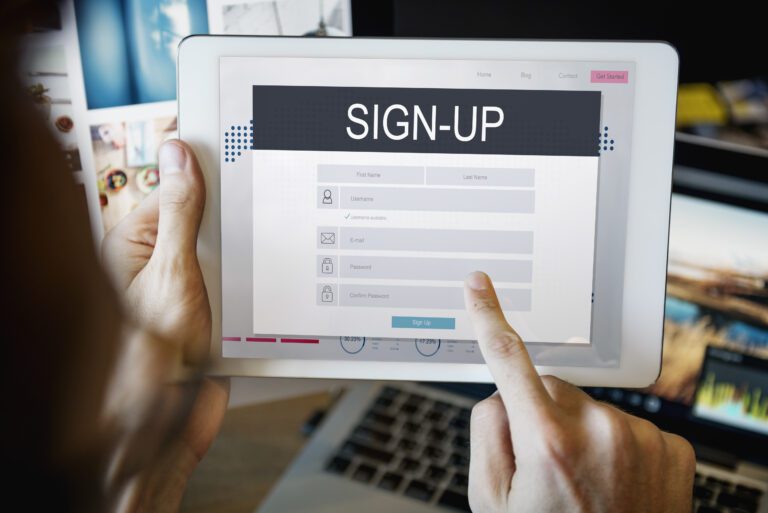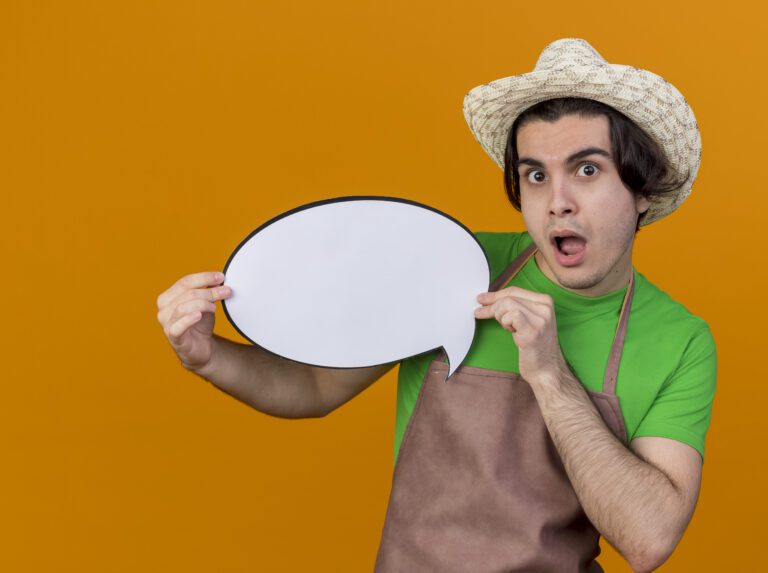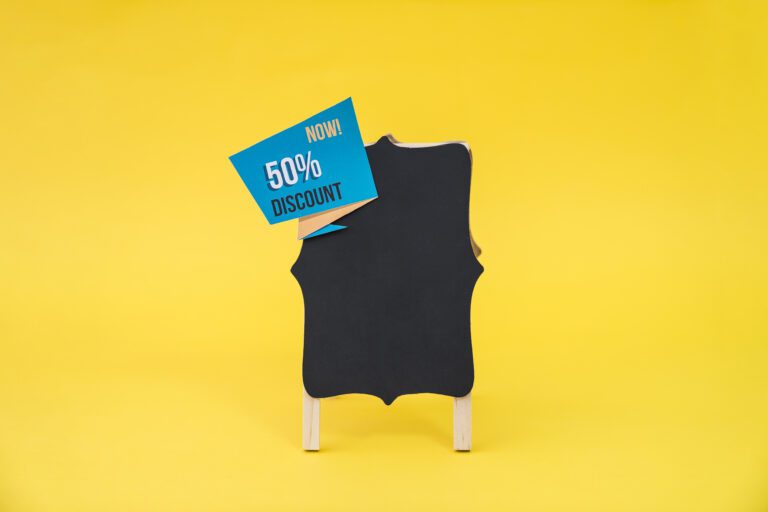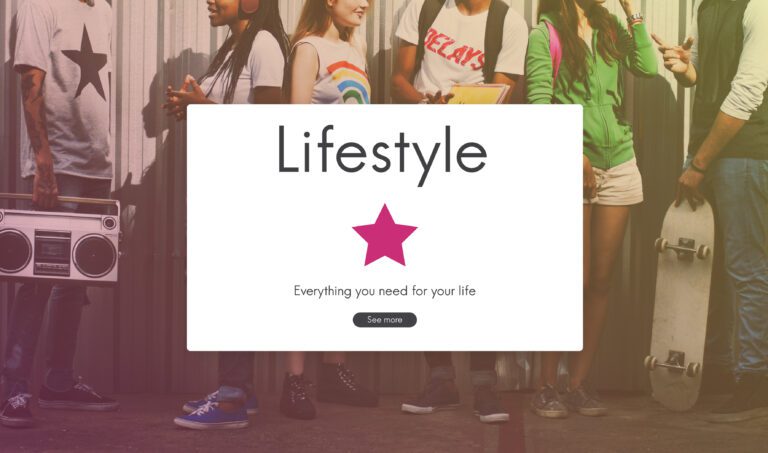21 Marketing Email Types That Actually Work (And When to Use Each One)

I hope you enjoy this blog post. If you want Hello Bar to grow your leads, click here.
Author:
Mansi
Published
July 23, 2025
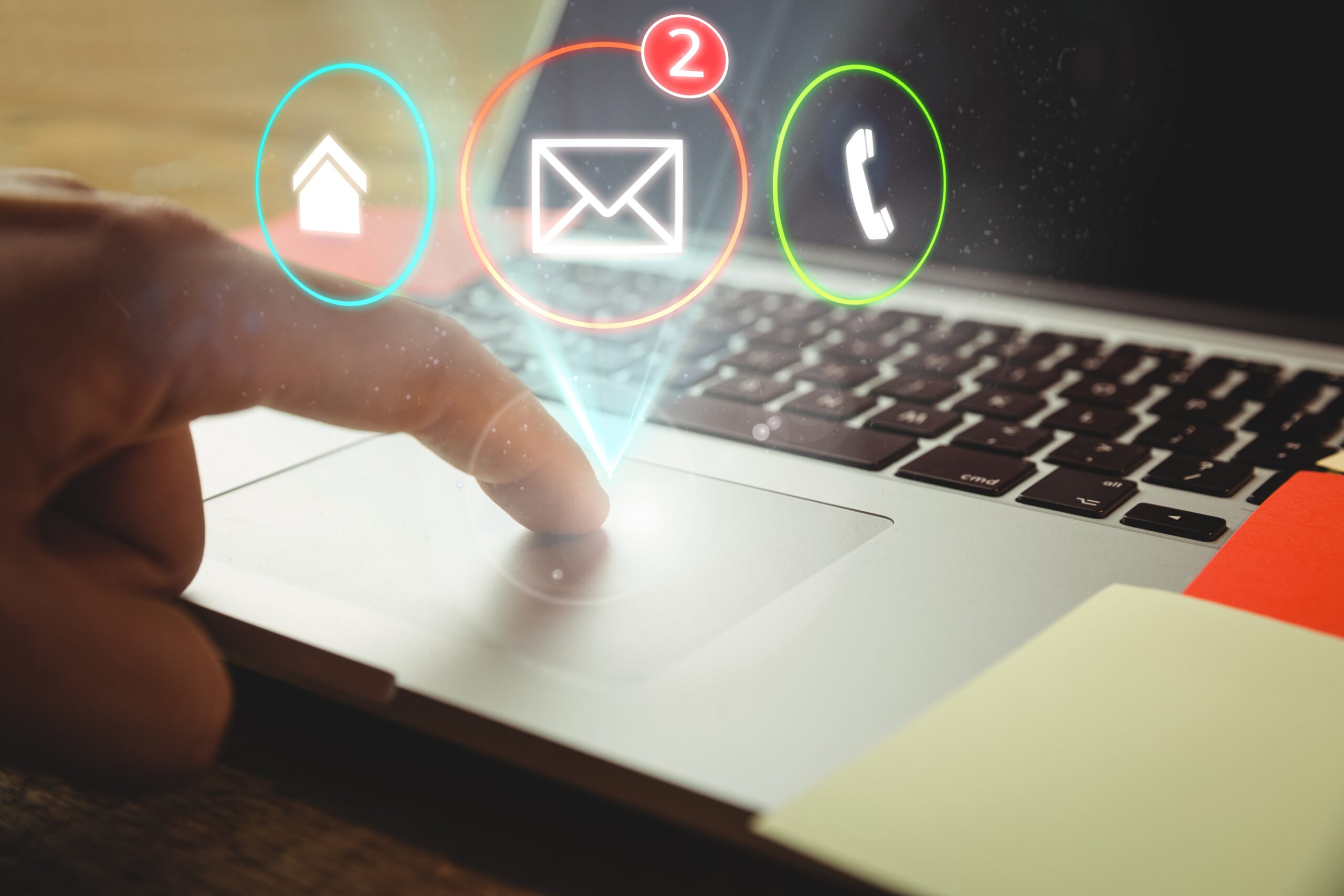
Table of Contents
If you’re building an email list, you’ve probably had this thought:
What do I actually send my subscribers?
Everyone talks about the power of email marketing. But most guides just toss out a handful of “send a newsletter!” tips and call it a day. That’s not real life. Your list expects more than sales pitches and bland company updates.
The truth is, the best brands mix it up. They send different kinds of marketing emails—each designed for a specific moment, mood, or goal.
If you want your subscribers to stick around (and actually open your emails), variety is your secret weapon.
This isn’t about sending spam. It’s about being helpful, relevant, and, yes, sometimes entertaining.
Here’s your human, practical guide to the most useful types of marketing emails—with real examples, use-cases, and a few pro tips along the way.
What Counts as a “Marketing Email”?
Anything you send to your list (besides receipts or password resets) counts. Newsletters, promos, helpful tips, feedback requests, re-engagement emails—it all fits.
The only “wrong” way is to never hit send, or to only send sales emails that make people want to unsubscribe.
So let’s dive into the good stuff about marketing email types.
1. The Welcome Email
You get one shot at a first impression.
Your welcome email is your handshake, your “hey, thanks for joining us.” It should be sent immediately after someone signs up.
What to include:
- Thank them for joining
- Set expectations (what’s coming, how often)
- Maybe a quick story about your brand
- Easy call-to-action (reply, follow, download)
When to send:
Right after signup. Don’t wait!
2. The Value Reminder Email
Remind people why they signed up in the first place.
People forget. Show them the benefit via thsi marketing email, and get them excited to open your next email.
Example subject line:
“Here’s what you get as a subscriber…”
3. The Storytelling Email
Share something real—a behind-the-scenes story, a customer win, or even a lesson learned the hard way.
Storytelling emails humanize your brand and help subscribers relate to you.
Pro tip:
Keep it personal and imperfect. Skip the corporate jargon.
4. The Content Roundup
You’ve got blog posts, guides, podcasts, or videos piling up? Bundle them.
A content roundup is like a mixtape of your best stuff.
Format:
- Short summary of each piece
- Why it matters
- A single call-to-action (read more, listen now)
How often:
Weekly, monthly, or whenever you’ve got enough to share.
5. The Tools & Resources Email
People love shortcuts.
Send a list of your favorite tools, apps, templates, or free resources. Make it practical and useful, not just self-promotional.
Bonus:
Include a few affiliate links (if relevant) for extra revenue.
6. The Question Email (a.k.a. The “Helper” Email)
Ask your subscribers what they’re struggling with.
It’s that simple. This isn’t just market research—it’s engagement gold.
Example:
“What’s your #1 challenge with [topic] right now? Hit reply and let me know.”
You’ll get replies, real insight, and higher future open rates.
7. The Customer Story/Testimonial Email
Let your fans do the talking.
Share a short, real customer story or a powerful testimonial. Highlight a transformation, result, or problem solved.
Pro tip:
Pair it with a photo or video if you can. Makes it real.
Also read our guide on 15 Email Marketing Trends For 2025 You Should Adopt
8. The Newsletter
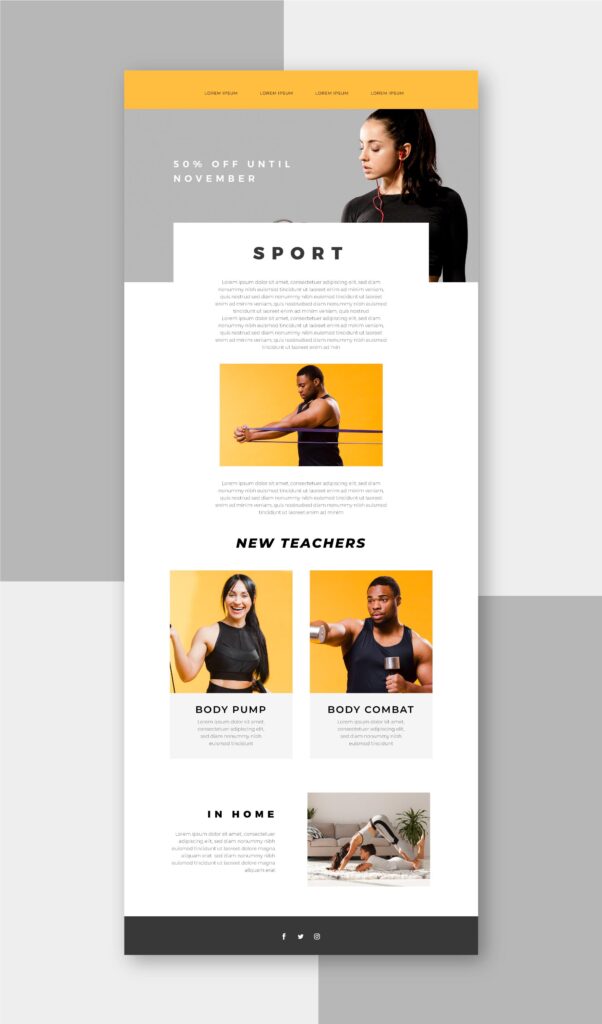
The old standby.
A classic newsletter can mix updates, stories, new content, and offers. It’s your regular “touchpoint” email.
Best practice:
Keep it scannable. Use subheads, bullet points, and short paragraphs.
9. The Exclusive Content Email
Give your list something they can’t get elsewhere.
This could be a tip, a mini-guide, a discount, or early access to a product or event.
What matters:
Make it feel special. Start with: “Just for subscribers…”
10. The Freebie/Download Email
Who doesn’t love free stuff?
Share a downloadable worksheet, checklist, ebook, or template. This is great for lead magnets, but also for surprising loyal subscribers.
Pro tip:
Don’t make people jump through hoops. One click to download.
11. The Curated “Best Of” Email
Not everything has to be your own content.
Share the best articles, podcasts, or tools you’ve found around the web. Show you’re plugged in, and save your subscribers time.
Subject line:
“5 Marketing Reads I Loved This Month”
12. The Feedback/Survey Email
People love giving opinions (especially about products they use).
Keep your surveys short—ideally one question per email, with a clear purpose.
Example:
“How did we do? Rate your experience with us, 1-5.”
13. The Quick Tip Email
Give your subscribers one practical tip—something they can use right now.
Short, punchy, and actionable.
Example:
“Want more replies to your emails? Try this subject line hack…”
14. The Event Invitation Email
Got a webinar, live Q&A, product launch, or even a casual meetup? Send an invite.
Include all the basics: what, when, where, how to join, and what they’ll get out of it.
Pro tip:
Use a clear call-to-action: “Save your spot.”
15. The Product Update Email
Don’t keep changes a secret.
If you’ve fixed bugs, launched features, or improved your product, let people know. Especially important for SaaS, apps, or service businesses.
Bonus:
Use visuals—screenshots, GIFs, or even a quick video walkthrough.
16. The Sale or Promotion Email
You don’t need to be shy about sales.
But do it right—make your offer clear, use a deadline or limited quantity, and keep it focused.
Subject lines that work:
“24 Hours Left: 20% Off Everything”
“VIP Early Access: Our Spring Sale Starts Now”
17. The Cart Abandonment Email
If you run an online store, you need this in your life.
A gentle reminder when someone leaves items in their cart can recover a lot of lost revenue.
Tips:
- Use a product photo
- Make it easy to return to their cart
- Consider a small incentive (“Free shipping if you complete your order today”)
18. The Re-Engagement Email
Lists get cold.
A re-engagement email can revive lapsed subscribers with a friendly nudge, a special offer, or simply asking if they still want to hear from you.
Subject line:
“Still interested in [brand]? Let us know.”
19. The “Favorite Things” Email
Show your human side.
Send an email about your favorite tools, books, podcasts, apps, or even personal routines. This makes your brand feel relatable and real.
Example:
“5 Things I Loved This Month”
20. The “Round Up” Email
Bundle together the best content or offers around a theme:
- “5 Productivity Hacks for Remote Workers”
- “Top Summer Reads for Marketers”
- “3 New Features You Missed”
A round-up is different from a newsletter—it’s themed and focused.
21. The “Just Checking In” Email
No pitch. No promo.
Just a simple note to say you’re thinking of your subscribers, or a question like, “How’s your business going this month?”
These unexpected, human emails stand out in a crowded inbox.
How to Decide Which Marketing Email Types to Send (And When)
Don’t try to send everything, every week.
Pick and choose based on your audience, your goals, and what you’re excited to write.
Here’s a quick breakdown marketing email:
| Email Type | When to Use |
| Welcome | Immediately after signup |
| Storytelling | When you want to build connection |
| Content Roundup/Newsletter | Weekly, bi-weekly, or monthly |
| Sale/Promo | During special launches or sales |
| Cart Abandonment | Right after a cart is abandoned |
| Feedback/Survey | After purchase, or to guide your roadmap |
| Freebie/Download | With new lead magnets, or as subscriber gifts |
| Re-engagement | When your open rates dip, or list goes cold |
| Tools/Resource/Favorites | Whenever you’ve got new gems to share |
Mix it up. Stay human. Stay relevant with marketing email.
The Secret to Great Marketing Emails: Write Like You’re Talking to a Friend
The best marketing email types don’t sound like “marketing emails” at all.
They sound like a person writing to another person.
Use first names. Skip the buzzwords. Keep your sentences short. If you’re bored writing it, your readers will be bored reading it.
And always, always include a clear next step—even if it’s just “hit reply and tell me your biggest challenge.”
7 Bonus Tips for Better Marketing Emails
- Personalize when possible. Use first names, mention past actions, or reference previous purchases.
- Use clear, honest subject lines. Don’t try to be clever at the expense of clarity.
- Keep your design simple. Fancy graphics can break; plain text feels more personal.
- Include a single call-to-action. Don’t overwhelm people with choices.
- Mobile-first, always. Preview your email on your phone before sending.
- Test your timing. Mornings, afternoons, weekends—find what works for your audience.
- Never buy an email list. Build trust, not spam complaints.
Closing Thoughts
The best marketing email isn’t about sending more, it’s about sending better.
Your list is a privilege, not a captive audience.
Try out different marketing email types, pay attention to your open and click rates, and keep tweaking. The brands that win with email are the ones that stay curious, keep experimenting, and talk to their subscribers like real people.
That’s it. Pick one new marketing email type from this list, send it this week, and watch what happens. Your subscribers—and your business—will thank you.
Need ready-to-send marketing email templates for any of these types? Just ask!

